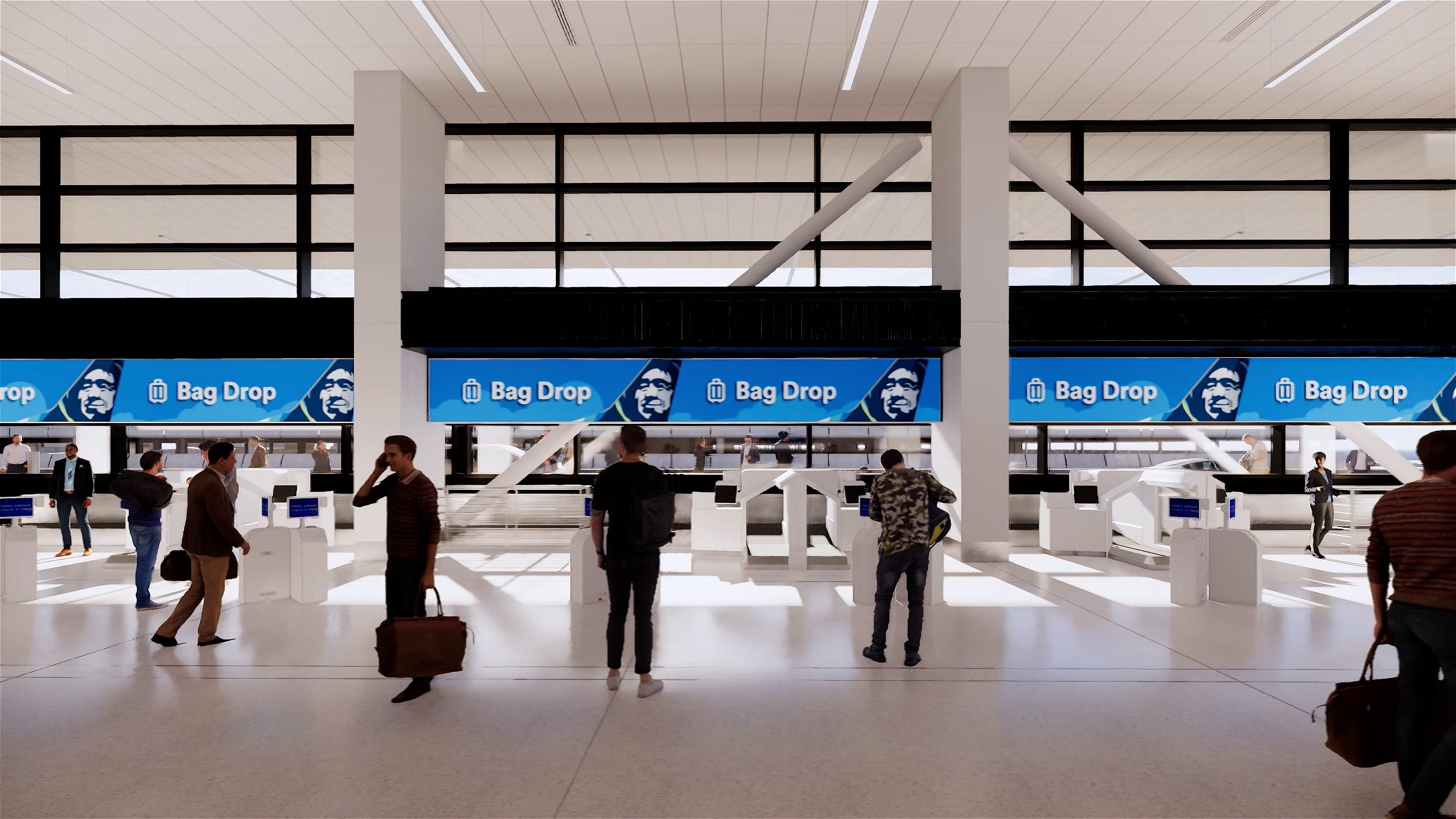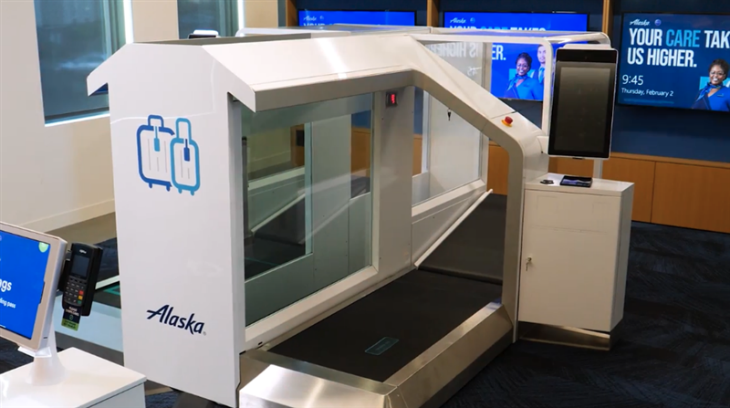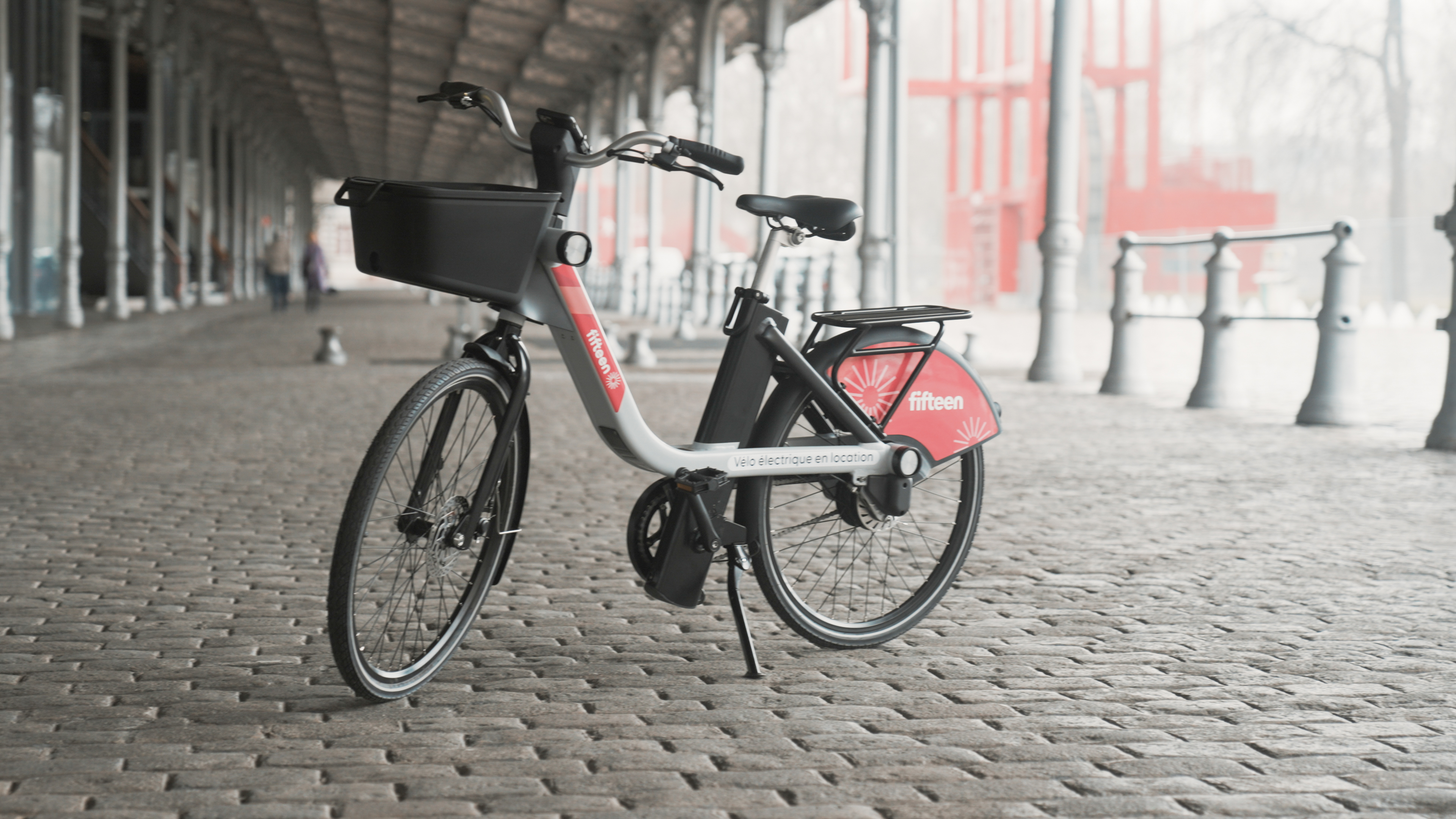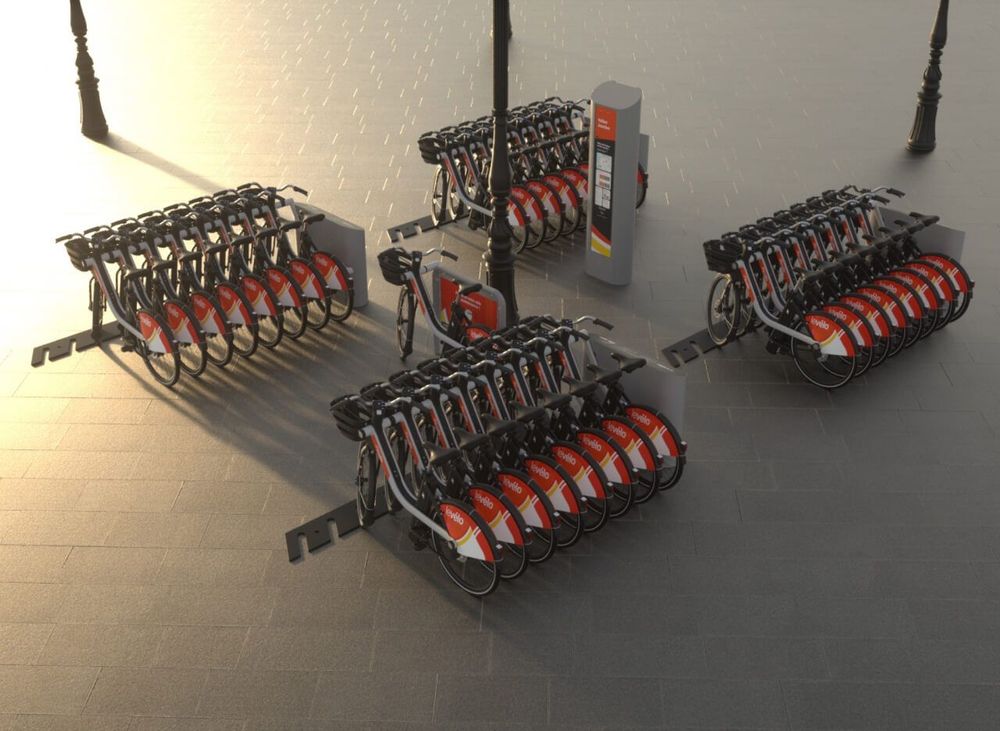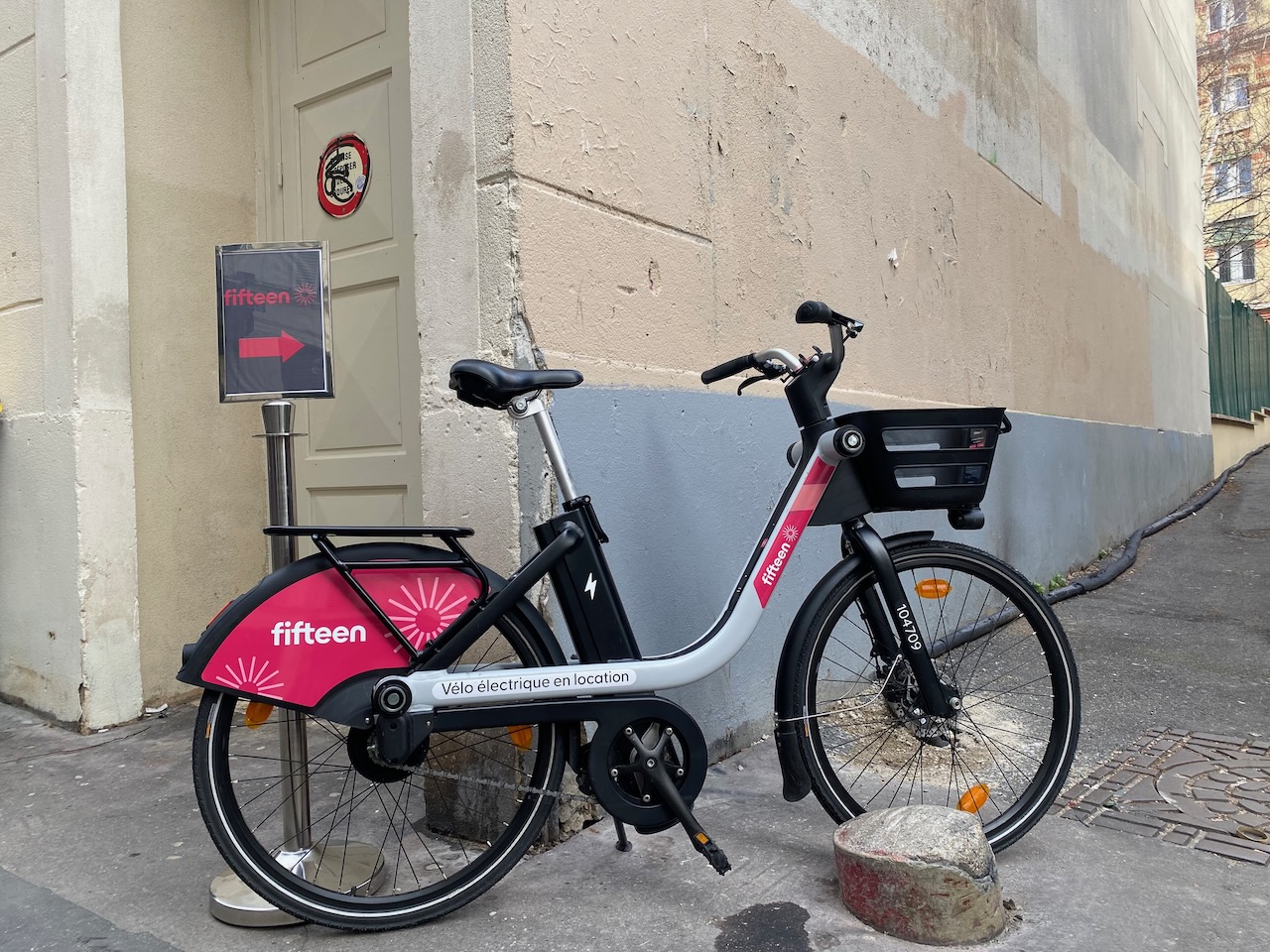In a major win over opaque algorithmic management in the so-called gig economy an appeals court in the Netherlands has found largely in favor of platform workers litigating against ride-hailing giants Uber and Ola — judging the platforms violated the drivers’ rights in a number of instances, including when algorithms were involved in terminating driver accounts.
The court also ruled the platforms cannot rely on trade secrets exemptions to deny drivers access to their data. Although challenges remain for regional workers to use existing laws to get enough visibility into platforms’ data processing to know what information to ask for to be able to meaningfully exercise their data access rights.
The appeal court rulings can be found here, here and here (in Dutch).
The appeal was brought by the not-for-profit data trust Worker Info Exchange (WIE) in support of members of the App Drivers & Couriers Union (ADCU) in the UK and a driver based in Portugal.
One case against Uber’s robo-firings involved four drivers (three based in the UK, one in Portugal); a second case against Uber over data access involved six UK-based drivers; while a data access case against Ola involved thee UK-based drivers.
In the data access cases drivers were seeking information such as passenger ratings, fraud probability scores, earning profiles, as well as data on the allocation of journeys to drivers — including Uber’s batch matching and upfront pricing systems — as well as information about the existence of automated decision-making touching their work on the platforms.
Several decisions taken by the ride-hailing platforms were found to meet the relevant legal test of automated decision-making — including assigning rides; calculating prices; rating drivers; calculating ‘fraud probability scores’; and deactivating drivers’ accounts in response to suspicions of fraud — meaning drivers are entitled to information on the underlying logic of these decisions. (And also to a right to meaningful human review if they object to decisions.)
“The court ordered that Uber must explain how driver personal data and profiling is used in Uber’s upfront, dynamic pay and pricing system. Similarly, the court ordered Uber to transparently disclose how automated decision making and worker profiling is used to determine how work is allocated amongst a waiting workforce,” said WIE in a press release.
“Ola Cabs was also ordered to disclose meaningful information about the use in automated decision making of worker earnings profiles and so called ‘fraud probability scores’ used in automated decision making for work and fares allocation. The court also ruled that internally held profiles relating drivers and associated performance related tags must be disclosed to drivers.”
Commenting in a statement, James Farrar, director of WIE, added:
“This ruling is a huge win for gig economy workers in Britain and right across Europe. The information asymmetry & trade secrets protections relied upon by gig economy employers to exploit workers and deny them even the most basic employment rights for fundamentals like pay, work allocation and unfair dismissals must now come to an end as a result of this ruling. Uber, Ola Cabs and all other platform employers cannot continue to get away with concealing the controlling hand of an employment relationship in clandestine algorithms.
“Too many workers have had their working lives and mental health destroyed by false claims of fraudulent activity without any opportunity to know precisely what allegations have been made let alone answer them. Instead, to save money and avoid their responsibility as employers, platforms have built unjust automated HR decision making systems with no humans in the loop. Left unchecked, such callous systems risk becoming the norm in the future world of work. I’m grateful for the moral courage of the courts expressed in this important ruling.
The companies have been given two months to provide the requested information to the drivers (with the risk of fines of daily several thousand euros apiece for non-compliance), as well as being ordered to pick up the majority of the case costs.
Taking the algorithm to court
Legal challenges against the algorithmic management practices of Uber and Ola were originally lodged on behalf of drivers in the UK back in 2020 — in July and September — centred on digital and data access rights enshrined in the European Union’s General Data Protection Regulation (GDPR).
The pan-EU regulation provides individuals with rights to data held on them and information about algorithmic decision making applied to them — where it has a substantial or legal effect (such as employment/access to work). And while the UK is no longer an EU member it transposed the European data protection framework into national law before leaving the bloc. Which means that (for now) it retains the same suite of data rights.
The appeal court decisions yesterday follow earlier judgements, in March 2021, by the Court of Amsterdam — which did not accept the robo-firing charges in those instances and largely rejected the drivers’ requests for specific data. However the court also tossed the platforms’ arguments seeking to deny the right of workers to collectively organize their data and establish a data trust as an abuse of GDPR data access rights — leaving the door open to fresh challenges.
Transparency is a key lever in the fight for platform workers rights since there’s no way for workers to assess the fairness of algorithms or automated decisions being applied to them without having access to information on the processes involved. So this ruling looks significant in that it could help crack open black boxes systems used for algorithmic management of workforces in a way that has, oftentimes, shielded platforms from scrutiny over the fairness (or indeed legality) of their decisions.
This is also a class of worker that still typically lacks full employment rights and protections, exacerbating the power imbalance vs data-mining platforms and supercharging the risks of worker exploitation. (Albeit, legal challenges in Europe have unpicked some bogus claims of self employment by platforms; while planned EU legislation in this area aims to tackle worker precariousness by setting minimum standards for platform work.)
While the legal challenges against Uber and Ola involved a small number of drivers, and the rulings naturally reference their individual circumstances, the appeal victory could force gig platforms to change their process — not least to avoid the risk of more challenges being filed.
Conditions of their licences to operate in markets like London may also create regulatory problems for them if they’re seen to be failing to prevent recurrences of data protection issues, the litigants suggest.
Although it also may not yet be the end of the road for these particular cases as the companies could seek to appeal the decisions to the Dutch Supreme Court.
In a statement an Uber spokesperson told us it is “carefully” studying the rulings, adding that it will take a decision on whether to file an appeal “in due course”.
(Ola was also contacted for comment but at the time of writing it had not responded.)
In other remarks provided to TechCrunch Uber said:
We are disappointed that the court did not recognize the robust processes we have in place, including meaningful human review, when making a decision to deactivate a driver’s account due to suspected fraud. Uber maintains the position that these decisions were based on human review and not on automated decision making, which was acknowledged earlier by the previous court. These rulings only relate to a few specific drivers from the UK that were deactivated in the period between 2018 and 2020 in relation to very specific circumstances.
Uber also flagged one instance in which it said the appeal court found it did have meaningful human involvement in an automated decision related to a termination.
In the other cases, where the court found in favor of the litigants over robo-firings, Uber was unable to prove that the human intervention was much more than a “symbolic act” — meaning it could not demonstrate the staff involved had been able to exercise a meaningful check on the automated decision that led to drivers being fired.
On this WIE said the drivers in the lawsuit faced “spurious allegations of ‘fraudulent activity’ by Uber and were dismissed without appeal”. “When the drivers requested an explanation for how Uber systems had surveilled their work and wrongly determined they had engaged in fraud, Uber stonewalled them,” it claimed, adding: “The decision to dismiss the drivers was taken remotely at an Uber office in Krakow and the drivers were denied any opportunity to be heard. The court noted that Uber had failed to make ‘clear what the qualifications and level of knowledge of the employees in question are. There was thus insufficient evidence of actual human intervention.'”
Discussing the outcome of the appeal in a phone call with TechCrunch, Farrer — a former Uber driver who has also successfully sued the ride-hailing giant over the employment status of UK drivers — said it would be “foolish” if the platforms seek to appeal to the Supreme Court. “Not only is the ruling, very decisive but it’s very sensible,” he told us. “And it also gives them very sensible guidance, in my opinion, in how you should be managing the platform in this way.”
“What the court was coming down against Uber on was this very absolutist approach that they took to managing fairly straightforward HR problems,” he argued, describing it as “nonsense” for platforms to fire someone for alleged fraud but refuse to tell them why, preventing them from responding to the charges by claiming doing so would undermine trade secrets and platform security.
“It’s nonsense. Anybody can see that. And that’s what they relied on. They relied on being able to get away with doing that. And so, okay, you may choose to — foolishly — appeal that or you may want to take a sensible line that that’s not really a sensible or sustainable position to take. But if you want to continue taking it we’ll continue beating you on it. So I think, if they’re up for it, there’s some really good learning points and signposting for them — about how platforms in the modern day ought to be going about managing people.”
On the data access issue, Farrer said the outcome of the appeal shows they’re “bumping up against the limits of the law” — since the court upheld some earlier decisions to withhold data from drivers based on their asks not being specific enough. The Catch-22-style situation here is if the platforms aren’t fully up-front and transparent about the data they’re processing how can the drivers know what to ask them for with enough specificity to get given the data? So setting governance on platform transparency is an area lawmakers should be focused on.
“On that point we didn’t make significant progress,” he said. “We asked for access to all personal data. And then the platforms kicked back and — denial and obfuscation — either say you need to specify [the data you want] or they’ll tell you they’re taking a ‘phased approach’, whatever that is — but without telling you that that’s what they’re doing. So they’ll give you some data and then later, if you complain, they can say, well, we were taking a phased approach. But they forgot to tell anyone.
“And here what the court is saying is that if you’re not getting all the data you think you want then you have an obligation, under Article 15, to go back and say, what are the categories of data you’re processing and then hone your requests based on on that. But… that’s where we reach the limits of the law, I suppose. Because if these companies are not really very clear or transparent, or if they’re vague about the categories of data they say the processing, then you’re still in that chicken and egg problem that you don’t know what you don’t know. So that still kind of remains the same.”
Per Farrer, the litigants did get one good result on this aspect via the appeal — in relation to data processing categories in an Uber guidance document, which he said the court agreed Uber should have to hand over. “So I think what the court is saying is that when you’re able to be more specific there’s very little defence [in withholding data]. So when we’re getting to the specifics around automated decision-making, or also information about automated decision-making, as well as data processing around some of these difficult decisions, then, yeah, there’s little defense in not giving it.”
Gig worker rights organizations are also concerned about emergent rights risks coming down the pipe — warning, for example, about the rise of personalized pricing (aka dynamic pricing) — as platforms seek ever more complex systems for calculating and fragmenting payments to workers (and, indeed, the amounts billed to users).
Dynamic pricing not only clearly boosts opacity around how the platforms’ payment/charging systems work but could create fresh opportunities for harm by scaling unfairness and discrimination on both sides of two-sided marketplaces and in ever more multi-faceted ways. (Such as, for example, female users facing higher surge prices at night based on the perception of increased vulnerability.)
WIE points to a paper published in the Harvard Business Review last year that warned algorithmic pricing systems pose policy challenges which are far broader than collusive conduct — and can lead to higher prices for consumers in competitive markets (even without collusion; so outside traditional antitrust law) — with the researchers called for pricing regulation to prevent harms. And it argues pretty much the same set of harms issues arise for platform workers subject to dynamic pricing too.
“It is very important for us to be able to help workers understand the basis for how and what they’re being paid but also to safeguard against personalization in pay — either directly or indirectly,” said Farrer on this. “These platforms have furiously denied personalization in pay. But sure, what’s the optimization in here then? I mean it’s going to happen directly or indirectly and we absolutely have to have an eagle eye on it, because if not, there will be abuses because the controls aren’t there. And because as these platforms seek to optimise that’s the effect it’s going to have — either directly or indirectly.”
What will WIE be doing with the driver information it has been to extract from platforms?
“We are already starting to get data at scale — and we are working with data scientists at the moment to build the analytics we need to [build workers’ collective bargaining power],” said Farrer. “Where it’s transformative is… there’s an information power asymmetry between the worker and the platform. The workers have very weak bargaining power because of the oversubscription problem. Because of the lack of a sensible employment relationship that confers rights. Because of the difficulty in building collective union participation, although that’s changing rapidly for ADCU.
“Then we need to find the means to building that collective power. Platforms trade on our personal data but it’s our personal data so we have to try and beat them at their own game — or fight them in their own game — by aggregating that data. And aggregating that data will be able to tell what are the true pay conditions. Because so many workers have to rely on the myth of what the platform is telling them, rather than what’s really happening… And that picture is actually getting more complex. Because companies like Uber and Deliveroo they’re not happy just to rely on set pay being highly variable. They actually want to take a sledgehammer to the pay structure and fragment it into more and more pieces — incentives for this, bonus for this, boost for this — so by the time you’re done you don’t know what you’re being paid or what the basis of your pay is. And that’s a very deliberate thing… And the move to dynamic pay is a big part of that.”
“We are already getting enough information to be very useful. So we seem to have ironed out some of those problems in that at least what we’re getting is the trip information. So we can we can do analysis on that much at least,” he added. “But there’s still, of course, and there will always be a battle over the level of algorithmic transparency that’s required from the workers relative to what these platforms are willing to do.
“And, of course, their message of algorithmic control is a moveable feast. We’ve seen that over the last couple of years — with upfront pricing and now dynamic pricing. Those are progressive changes in the development of the platform and our job is to try and understand the processing that’s going on with that — and that’s a moveable feast in that there’s always going to be a challenge because we’re going to want to know and they’re going to want to not tell us.”
Uber et al’s push-back on calls for greater transparency is — typically — to claim their anti-fraud systems won’t work if workers know enough about how they function to be able to circumvent them. They also tend to claim they’re prevented from releasing more data because they’re protecting passengers’ privacy. (It remains to be seen what multi-tiered excuses platforms will drum up to argue against providing total pay transparency.)
Farrer responds to such lines by suggesting the platforms are seeking to deflect attention off their own security failings and management and regulatory deficiencies — by creating a red-herring concept of driver “fraud” in order to foist blame for their own business management failings onto rights denuded workers.
“There’s no real plausible way that the driver can defraud the platform — because they don’t have access to any kind of credit card information or anything behind the scene. And I think the whole idea of account account security is a sensitive issue for Uber, and certainly their investors, because they need to maintain the confidence of passengers that if you give me your personal data and your credit card details, it’ll be secure. So I think for them they would either consciously or unconsciously prefer to blame their platform security problems on the worker, rather than admitting that they may have their own cybersecurity problems to deal with,” he suggested.
“These are hollowed out companies,” he added. “They want to automate as much of the management inside the company as they do service delivery outside the company. So if they can find a way to tack something on an 80:20 [system accuracy] basis that’s good enough for them because the workers have no recourse anyway. And anyway, the whole nature of the platform is to be massively over oversubscribed. So they’re not short of drivers that they can just sling off.”
“The truth of it is, is that transport business — I don’t care whether it’s road transport, air, rail — it’s a capital intensive, labour intensive, low margin business, and it always has been. But you can still make money in it. But what these platforms thought they could do is descend from the cloud, deny they’re a transport operator, insist that they’re a technology company, and cream margins away from that business that were never there to begin with. And so unless they want to acclimatize themselves to the industry that they’re in — and figure out how they can make money in a low margin business, instead of trying to take the easy way and illegal way — then, yeah, they are going to face annihilation. But maybe if they get some sensible people in to understand how to devise a strategy for the business they’re really in, not the business they want to be in, then maybe they’ve have better luck.”
In the EU, lawmakers are aiming to make it harder for platforms to just sling off precarious workers — by setting down minimum standards atop a (rebuttable) presumption of employment for gig workers. Although the file has proved divisive with Member States and the Council still hasn’t adopted a negotiating position. But MEPs in the parliament agreed their position back in February.
The litigants are calling for EU lawmakers to get on and pass this reform to improve protections for gig workers. And while Farrer confirms they won’t stop filing legal challenges to try to unpick exploitation he argues there’s a clear need for lawmakers to get a handle on the power imbalance and pass proper regulation to guarantee workers are protected without needing to spend years fighting through the courts. (The much touted modern working practices employment reforms, promised by former UK PM Theresa May in the wake of the 2017 Taylor review, ended with a damp squib package of measures that unions savaged on arrival as “big on grandiose claims, light on substance”; and which Farrer dismisses now as “nothing” having being done.)
He also suggests regulators are sleeping on the job — pointing, for example, to Transport for London’s (TfL) licensing for Uber which requires any changes to its business model need to be communicated to it 30 days in advance. Yet when WIE asked TfL if it’s reviewed Uber’s switch to upfront pricing the regulator failed to respond. (We’ve reached out to TfL with questions about this and will update this report with any response.)
“Workers are already in a very weak position. But if you’ve got this tacit collusion problem, well, that amounts to grey- and black-listing of the worker — and that’s illegal under employment law. So for those reasons, we really have our work cut out to to aggregate this data and keep a very close eye on this,” he said, adding: “We need a platform worker directive equivalent in the UK.”
Where workers right are concerned there’s actually more bad news zooming into view in the UK — where the government is in the processing of passing a data reform bill the litigants warn will strip away some of the protections workers have been able to exercise in this case. Such as a requirement to carry out a data protection impact assessment (a procedure that would typically entail platforms consulting with workers — so the reform looks set to discourage that type of engagement by platforms).
The draft bill also proposes to raise the threshold for individuals to get access to their data by allowing more leeway to platforms to deny requests — which could mean workers in the UK have the added challenge of having to argue for the validity of their right to access their own data, even to just get a chance of a sniff of seeing any of the stuff.
So, as it stands, UK lawmakers are intending to burden workers with even more friction atop a process that can already take years of legal action to see even a partial victory. Making life harder for platform workers to exercise their rights obviously won’t tip the already-stacked scales on gig economy exploitation.
The litigants are urging parliamentarians to amend the draft reform to ensure key protections stand. (Albeit, given the UK’s sclerotic record in this area, it may take a change of government before there’s any meaningful action to rein in platform power and support workers rights.)
In a statement, Farrer dubbed the ruling “a bittersweet victory considering that the UK government plans to strip workers of the very protections successfully claimed in this case”, adding: “Lawmakers must learn important lessons from this case, amend the bill and protect these vital rights before it is too late. Similarly, the Council of the European Union must not hesitate in passing the proposed Platform Work Directive as passed by the European Parliament.”
Drivers in Europe net big data rights win against Uber and Ola by Natasha Lomas originally published on TechCrunch







